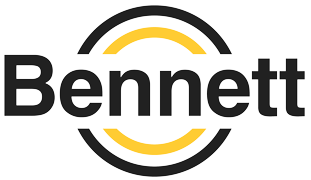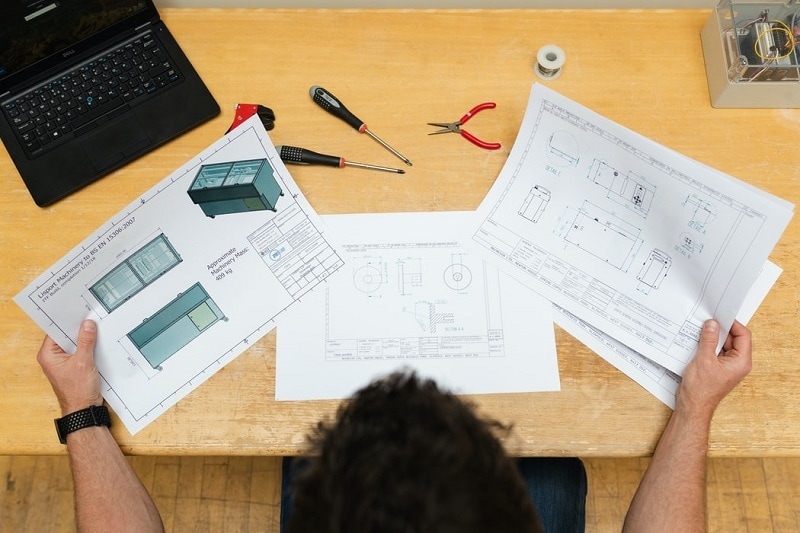Are you wondering what manufacturing and engineering drawings are?
You might sometimes hear you need to develop a CAD model, or an engineering drawing or perhaps a manufacturing drawing. It could all be a bit confusing about what’s needed and when for your project.
How will a project progress?
Firstly a key thing to note here is a 3D model is different to a 2D drawing but both are completed using CAD. And what you require for your project will be the starting point for our team to create; be it 2D or 3D.
Secondly when you receive an engineering drawing it could look very similar to a manufacturing drawing.
What’s The Bennett Way in terms of the phases of a project and what you’ll receive?
First there’s the concept stage; here’s where a layout or outline or proposal is developed to provide a visual solution, with a basic understanding of how ‘it’ will work and the major components required. This will be presented to the client as a basic blocky 3D CAD model or a basic outline 2D drawing. Whatever works best for you and this is what could be referred to as the engineering drawings / models.
The second phase is the time when detail is critical; it’s the details for manufacturing, assembly, the bought out items. Then all the information on the materials, the finishes, tolerances and installation. Everything is bought together to bring your project to life. Here you’ll have a detailed 3D CAD model delivered. Your manufacturing drawings will include:
• Part Drawings
• Assembly Drawings
• Bill Of Materials/Parts List (BOMs)
• Cut lists (For fabricators & machinists)
So whilst from a distance these two elements (or phases or drawings) might not appear massively different, close up they are clearly distinguishable.
Having the your solution properly engineered from concept (engineering) to detailed (manufacturing) will dramatically control:
• Costs
• Time
• Errors
You’ll also find having the second deliverable from your engineering partner will ease manufacturing, assembly and installation. For some smaller projects the phase one concept stage is all that is necessary; especially if you have inhouse support or knowledge.
What The Bennett Way means is our team will support you with your project in the way that makes the most sense for the outcome.


